Gorse/Furze/Whin
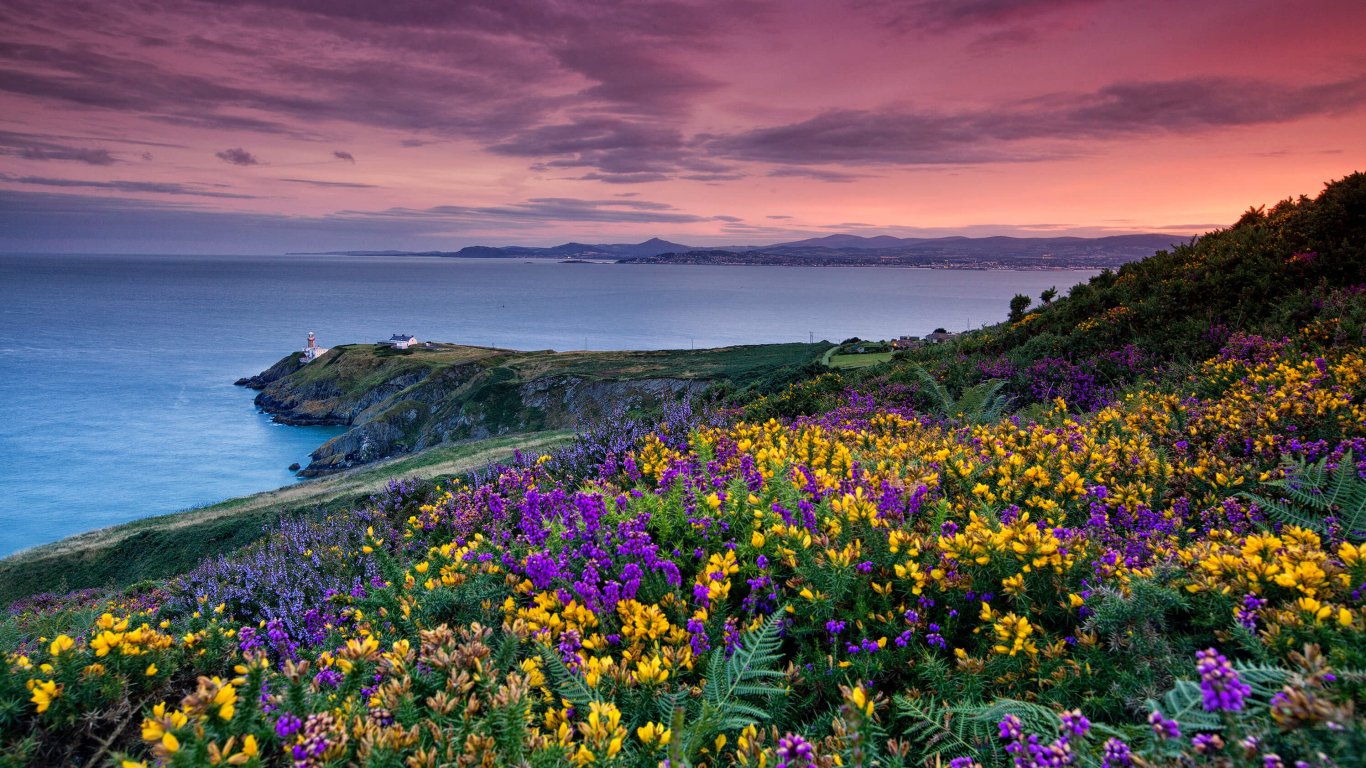
Scientific Plant Name: Ulex europaeus
Irish/Gaelic Plant Name: Aiteann
Irish Name Translated: Direct translation
Gorse/Furze/Whin has three names. What it's called depends on where you are in Ireland.
You'd be hard pressed NOT to notice this ubiquitous yellow Irish wildflower on your travels around Ireland. The blazing blossoms set hillsides ablaze all through winter and summer.
Get close for a sniff of the amazing coconut aroma. But not too close... Mind the thorns!
💁 Fun Fact: Gorse flowers all year round. The Irish saying goes, "when gorse is out of flower, kissing is out of fashion".
Broom
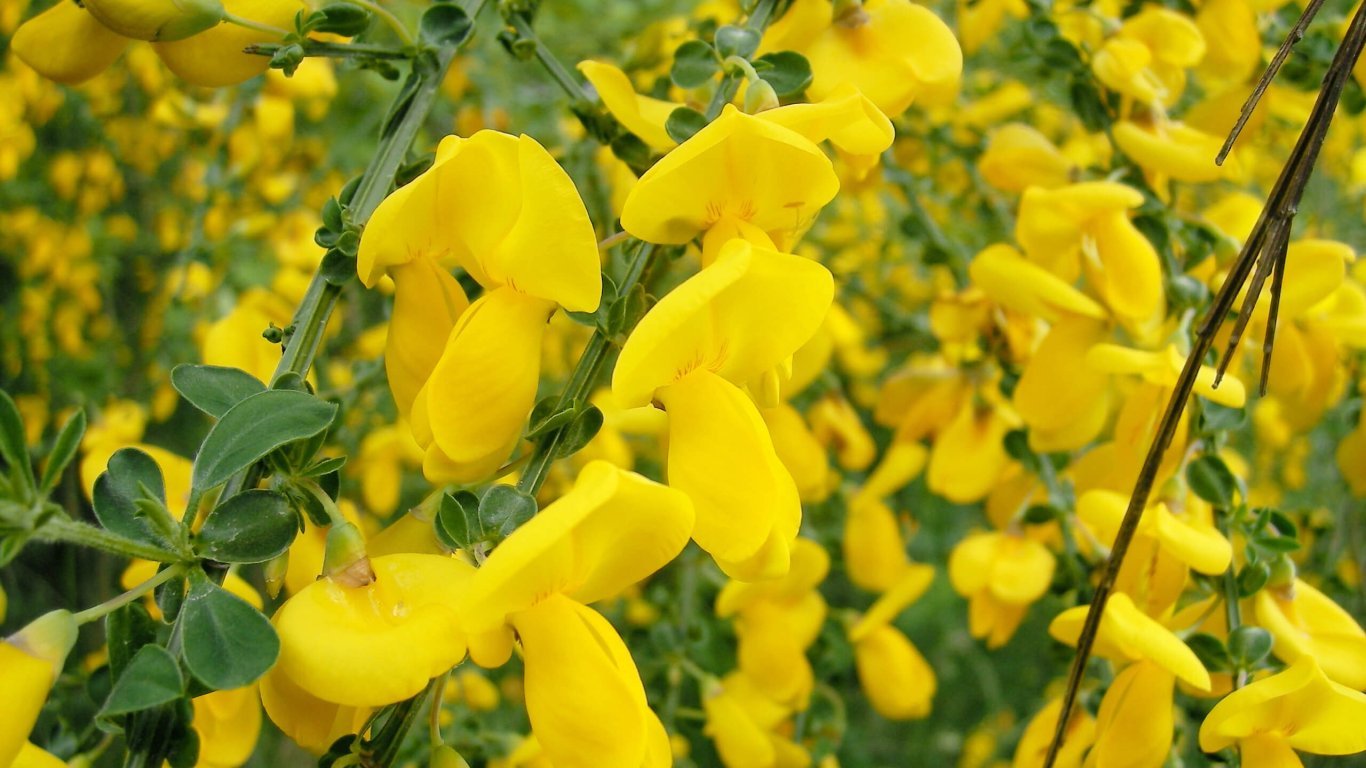
Scientific Plant Name: Cytisus scoparius
Irish/Gaelic Plant Name: Giolcach shléibhe
Irish Name Translated: Mountain Reed
Broom is often be mistaken with Gorse/Furze/Whin (above). Both are coloured a vivid yellow and similarly shaped.
But Broom is softer to the touch. In addition, Broom only flowers in summer whereas Gorse/Furze blooms all year round.
Broom is often found in sandy mountainous soils, hence its Irish name; 'mountain reed'.
💁 Fun Fact: Irish folklore tells us the scent of a broom plant can tame wild dogs and horses
Dog Rose
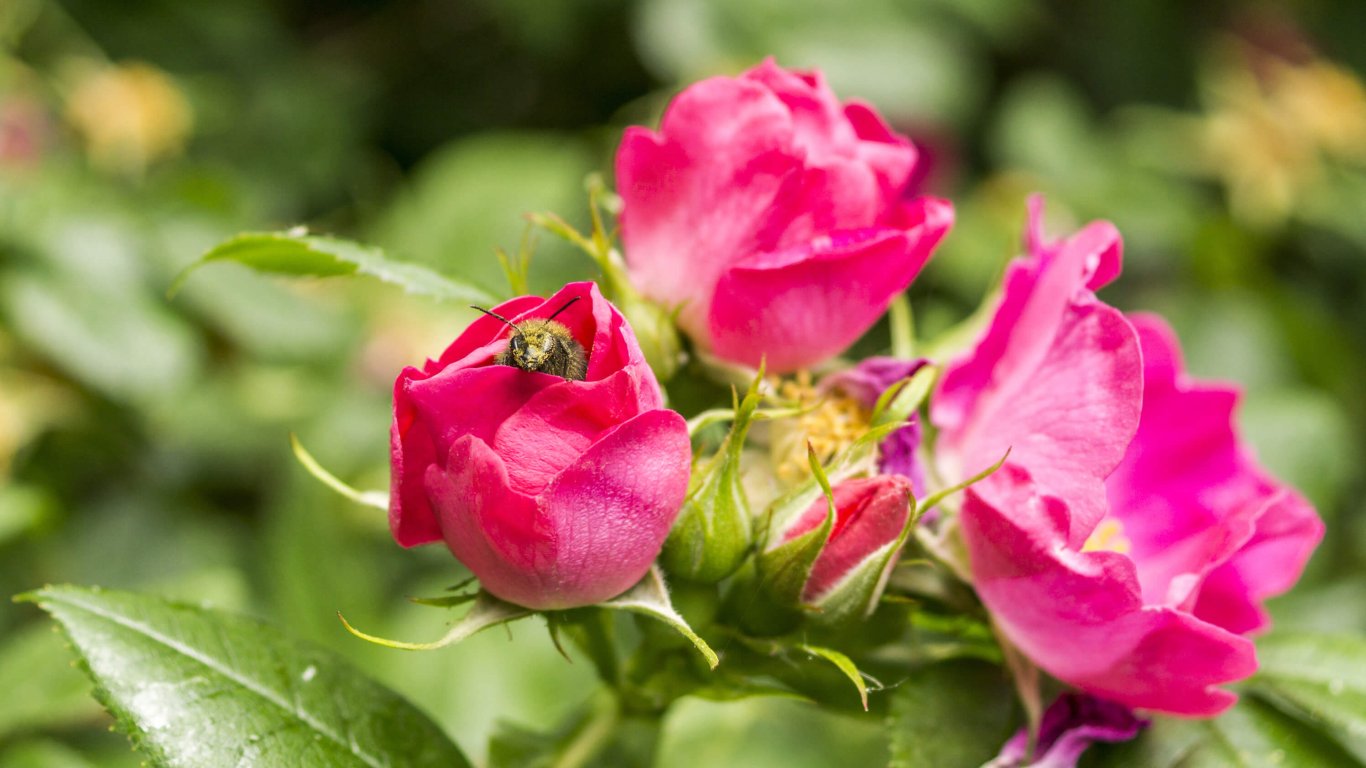
Scientific Plant Name: Rosa canina
Irish/Gaelic Plant Name: Feirdhris
Irish Name Translated: No translation
Ranging from white to dark pink in colour, these beautiful Irish wildflowers are often found growing along roadsides. The flowers hold a stunning rose aroma. They've featured in many a traditional Irish song or poem.
💁 Fun Fact: The dog rose is very high in vitamin C. Its rosehips can be used to make tea and syrup. During the Second World War, dog rose syrup was uses as a substitute for citrus fruits, like oranges and lemons, which were unavailable in Ireland.
Elder
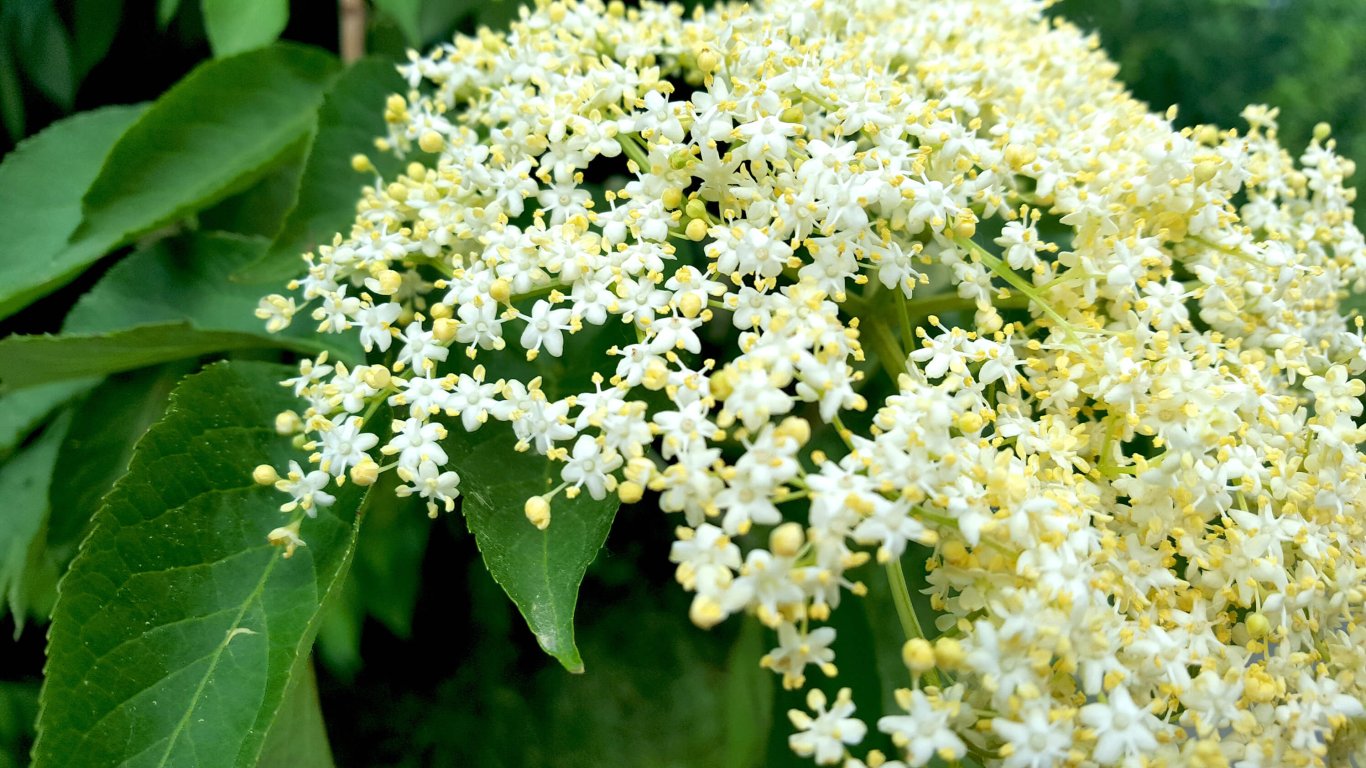
Scientific Plant Name: Sambucus nigra
Irish/Gaelic Plant Name: Trom
Irish Name Translated: Deep, or heavy
This deciduous shrub is very common in hedgerows all over Ireland. The elder plant grows quickly in the wild, often dominating its stretch of hedgerow.
The creamy-coloured elder blossom is particularly noticeable in early summer. Elderflowers are heavily scented and make delicious drinks. The flavour is unique and difficult to describe for anyone who hasn't experienced it before.
Later in the year, elder trees hang heavy with clusters of dark berries. These berries are rich in vitamin C. They are harvested to make cordials, syrups, jams and even wine.
💁 Fun Fact: Elderberries are a favourite with wild birds. Harvesting elderberries? Don't forget to leave some for the birdies!
Ragged-Robin
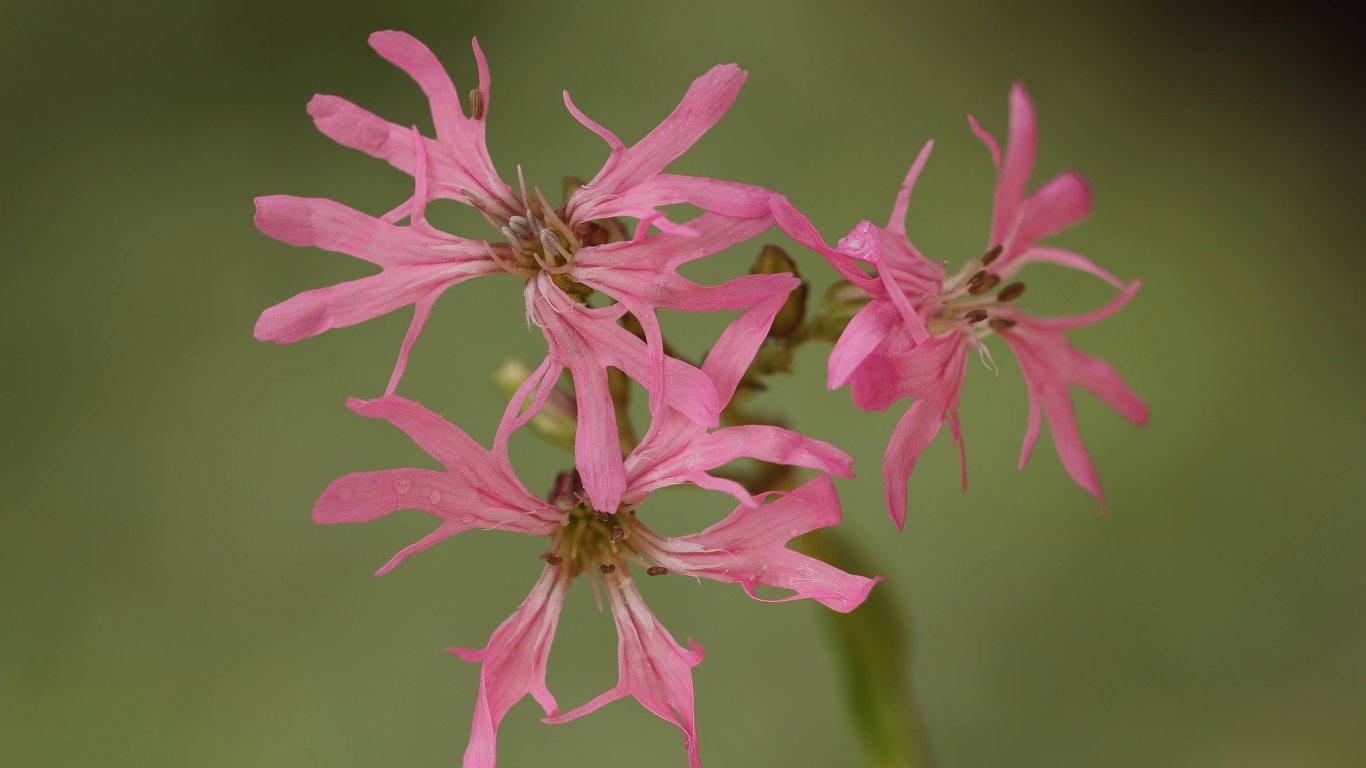
Scientific Plant Name: Silene flos-cuculi
Irish/Gaelic Plant Name: Lus Síoda
Irish Name Translated: Silk plant
This wildflower is often spotted in marshy areas. The Ragged-Robin favours boggy soil. Its five petals are fringed or ragged, hence the name.
These ragged ends make it perfectly suited to windy Irish weather. Sadly, Ragged-Robin is no longer as common as it once was due to draining of bogs and other wetlands in Ireland.
💁 Fun Fact: Ragged-Robin is a favourite with butterflies. They feed on the nectar of the plant.
Foxglove
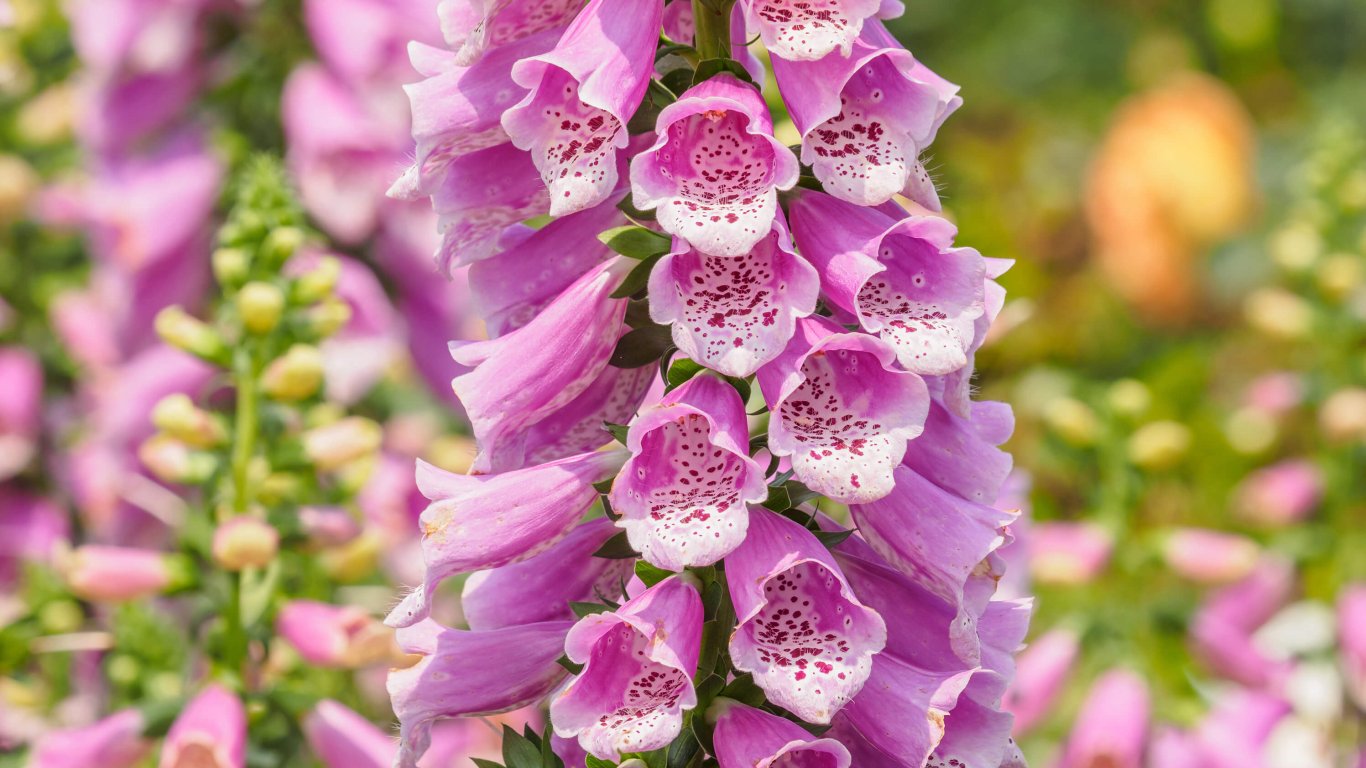
Scientific Plant Name: Digitalis purpurea
Irish/Gaelic Plant Name: Lus Mór
rish Name Translated: Big herb
Tall. Graceful. Downy. The Foxglove is a beautiful Irish wildflower found in many habitats. You'll see foxgloves in woodlands, moors, mountains, sea cliffs and gardens.
It thrives on acid soil and quickly colonises recently cleared ground. Foxgloves are sometimes called 'Fairy Thimbles'.
In counties Fermanagh and Cavan, tradition deemed that you should never bring Foxgloves into a house, as they were deemed to bring bad luck.
💁 Fun Fact: Although the Foxglove plant is poisonous, it can be harvested for medicinal use. Foxglove contains both digitoxin and digoxin, which are used to treat heart conditions.
Sea Campion
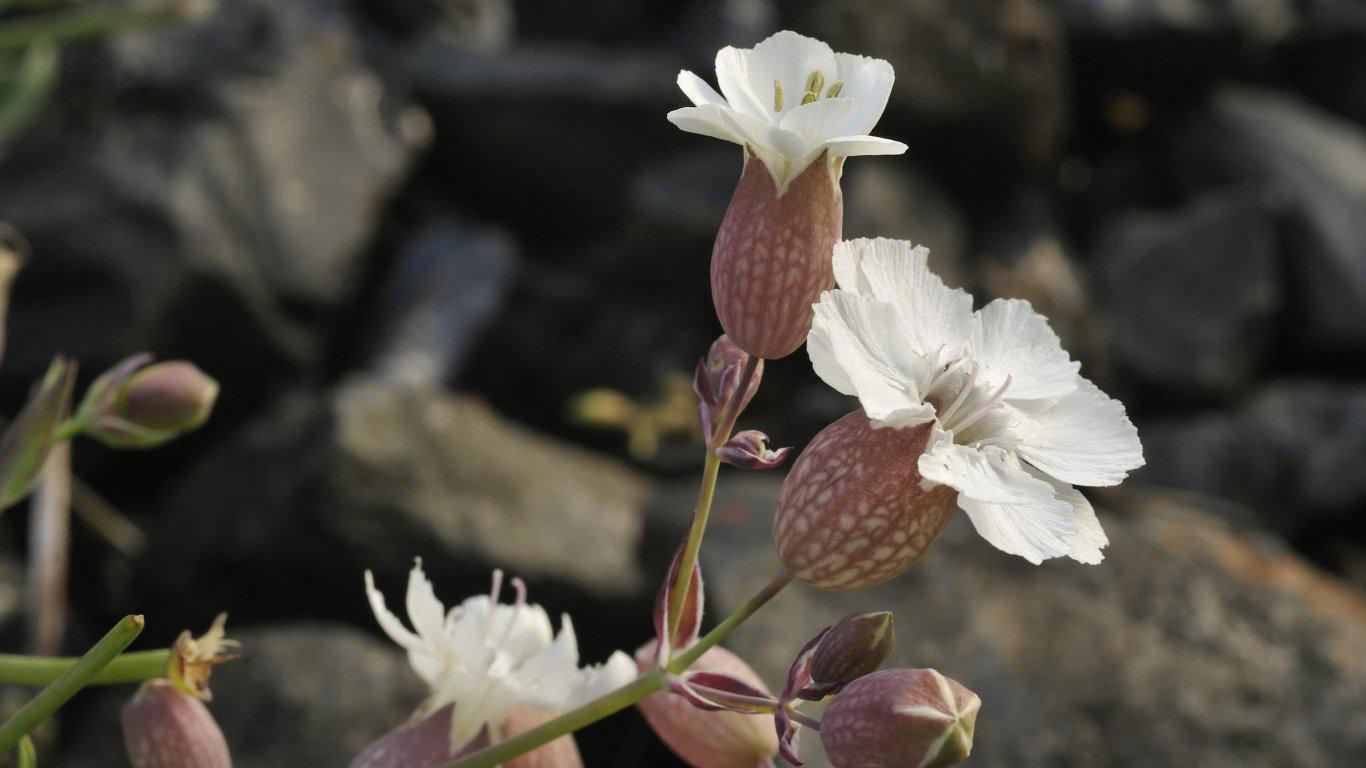
Scientific Plant Name: Silene uniflora
Irish/Gaelic Plant Name: Coireán mara
Irish Name Translated: Sea Campion
Surprise, surprise: Sea Campion is mainly found near the sea. You'll notice this delicate white wildflower around shingle and near cliffs. It blooms from June to August.
💁 Fun Fact: Folklore from the area around the Cliffs of Moher holds that you should never pick Sea Campion for fear of tempting death. Given that it's mainly found near the edge of cliff-tops, this is sage advice!
Fuchsia
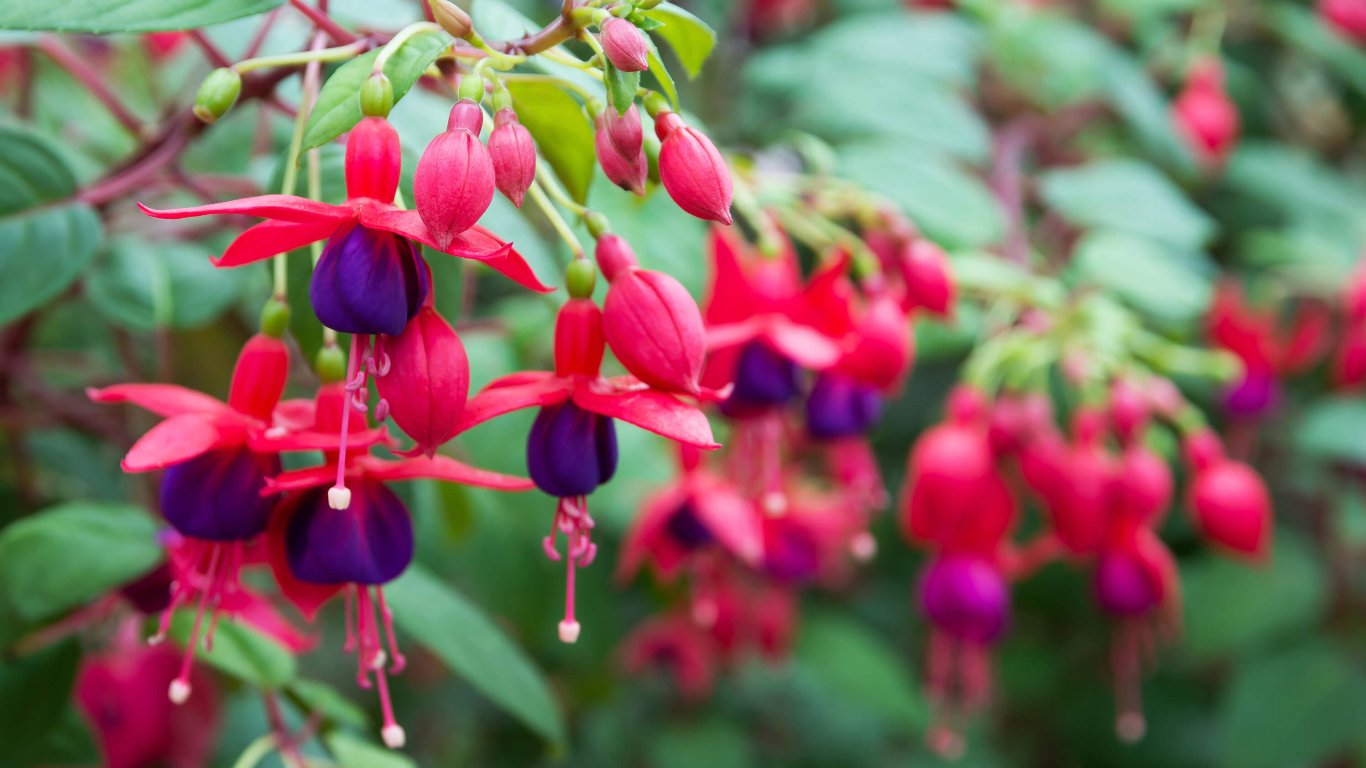
Scientific Plant Name: Fuchsia magellanica
Irish/Gaelic Plant Name: Fiúise or deora dé
Irish Name Translated: Tears of God
Another Irish wildflower that it's difficult to ignore while touring Ireland in the summertime.
You'll notice the Fuchsia wildflower [pronounced few-sha] along roadways everywhere in Ireland. But it's a typical sight in the southwestern region of Ireland.
The distinctive red and purple coloured blossoms hang in hedgerows and gardens from July to October. Fuchsia are deciduous shrubs that favour coastal locations and rocky ground.
💁 Fun Fact: Fuchsia plants can survive for hundreds of years. The oldest known fuchsia was planted in 1899.
More About Irish Wildflowers...













